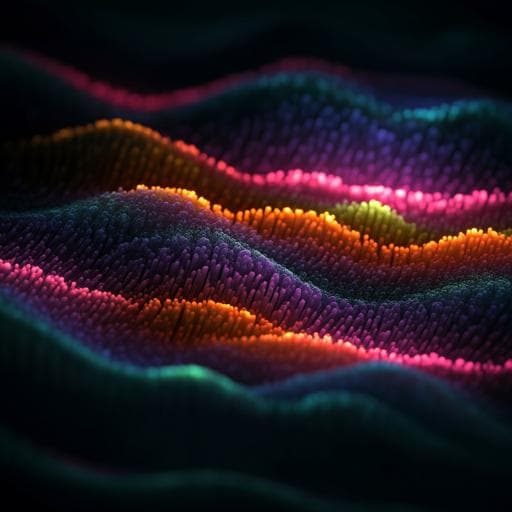
Physics
High anisotropy in electrical and thermal conductivity through the design of aerogel-like superlattice (NaOH)<sub>0.5</sub>NbSe<sub>2</sub>
R. Sun, J. Deng, et al.
Discover how Ruijin Sun and colleagues have achieved interlayer decoupling in bulk materials, showcasing unique electric and vibrational properties. This groundbreaking research reveals a superlattice of NbSe2 and porous hydroxide layers that enhances 2D superconductivity and CDW transition temperature, paving the way for large-scale production of advanced materials.
~3 min • Beginner • English
Related Publications
Explore these studies to deepen your understanding of the subject.







